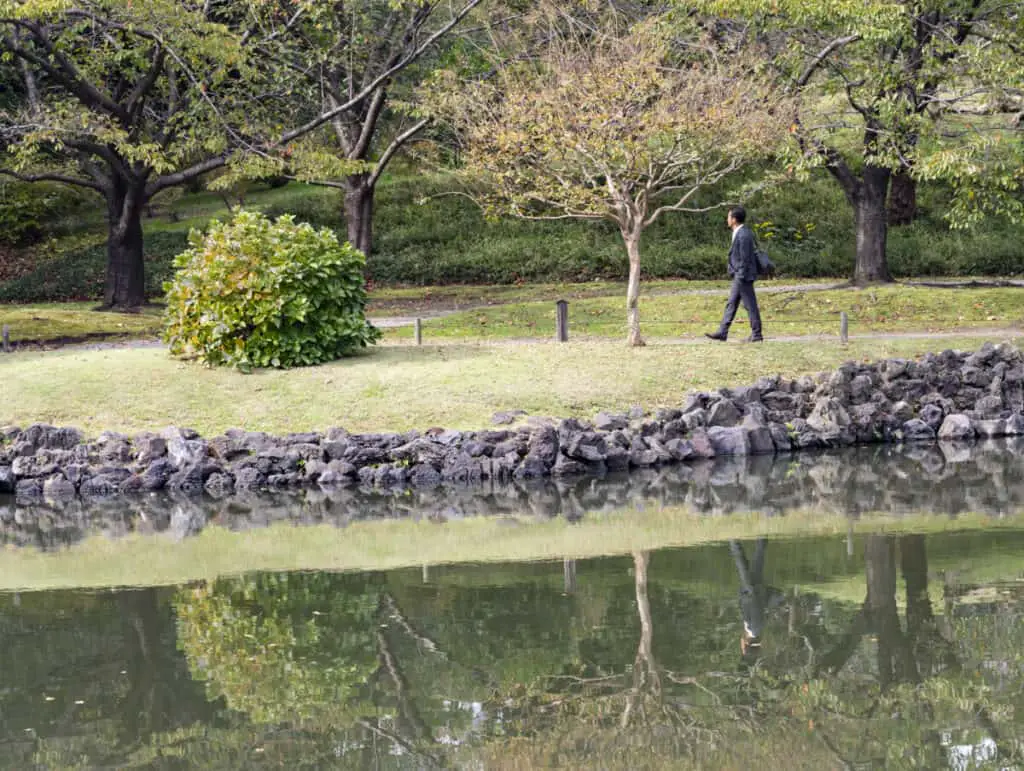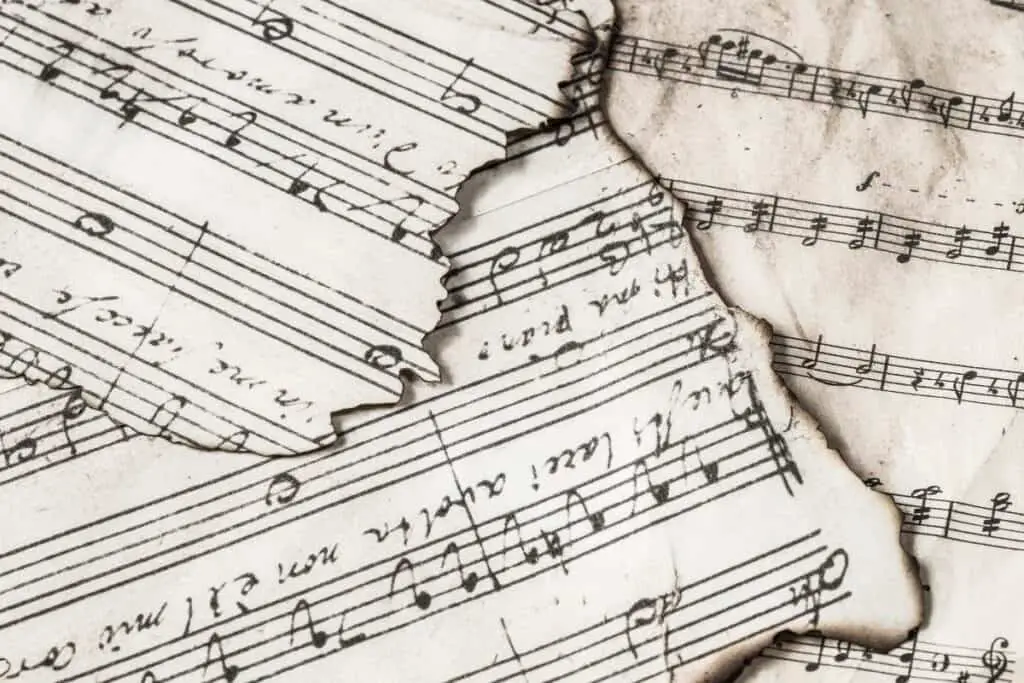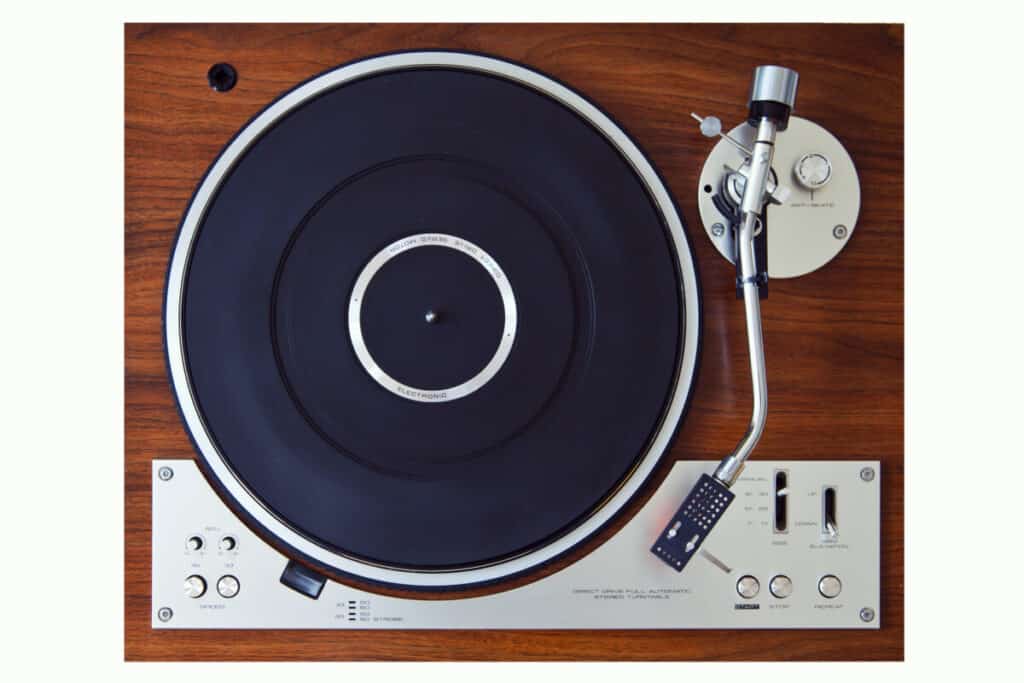The song that earned the esteemed title of the most successful Japanese song ever is called Ue O Muite Aruko, which translates to Look Up As I Walk. The song was also known by the name Sukiyaki. The song was recorded by musician Kyu Sakamoto.
After it was released, it became number one in Japan in 1961. The lyrics were composed by Rokusuke Ei. It has been covered and sampled by artists around the world ever since, and is still remembered among generations today.
What Is The Song About?
While the exact inspiration of Ue O Muite Aruko is not known, it is a sad song seemingly about love. One of the great things about the song that led to its success is how it can capture listeners and have them relate to the lyrics.
Much of the words to the song represent feelings that everyone has had in different situations.
The title Look Up As I Walk refers to how you have to look up towards the sky in order to try and stop your tears from falling down your face and onto the ground.

It also symbolizes part of the song’s message, which talks about looking forward to opportunities that could come about in the future.
Some believe that the lyricist, Rokosuke Ei, may have written the song as a response to a demonstration he attended regarding The Treaty Of Mutual Cooperation And Security that was meant to be signed by the US and Japan, but it was rejected.
He wrote the song on the way home from this demonstration. It’s unclear whether or not Ei ever confirmed this theory.
Kyu Sakamoto’s Story
Kyu Sakamoto has been regarded as a crooner of his time. He was young, handsome, and had a perfect singing voice. He was born in Kawasaki, Japan, but moved out of the city temporarily during the Tokyo air raids, before eventually moving back with his family.
Kyu Sakamoto was a member of a band called The Drifters. The Drifters was a Japanese pop band but Sakamoto did not stay in the band for long. After all, he was only 16 years old when he became one of the vocalists.
However, he made the choice to walk away from the band and venture out on his own. He was eventually signed to Toshiba Records as a solo artist.

Before he came back to music, he went back to school for a while to complete his studies. When in school, he joined a band called The Paradise King, who landed a record deal in 1959.
His success with The Paradise King, as well as the success of many of their songs, led him to be noticed by Toshiba Records, where he signed a solo contract in 1961. Shortly after this move was when he released Ue O Muite Aruko.
Kyu Sakamoto became known all around the world for Ue O Muite Aruko and was able to travel around the world performing and making appearances on talk shows.
He also did a little bit of acting in his lifetime. He was married in 1971 and had two daughters with his wife, actress Yukiko Kashiwagi.
The Name Sukiyaki
A musician named Kenny Ball, who played an instrumental version of the hit song, was responsible for renaming the song Sukiyaki.
It’s said that he thought the original name of the song was too long and hard to say. The word sukiyaki is the name of a Japanese dish and was one of the only Japanese words that Ball knew.
For those who know what sukiyaki is, it’s a little strange comparing that name to the words in the song. The song has a very somber and sad message, and the dish often brings people delight.
Sukiyaki is a popular Japanese dish typically made in a hot pot. It consists of noodles and beef as well as vegetables, all cooked together in a broth.
The name Sukiyaki caught on as it was much easier for non-Japanese speakers to understand and attempt to pronounce.
The Song’s Spread Around The World
Ue O Muite Aruko didn’t just become a hit in Japan. It became widely popular in the United Kingdom in 1962 after music executive Louis Benjamin circulated it. Due to the superstardom that Sakamoto was launched into, he even went on a small world tour.
The song also managed to spread throughout the United States after a DJ at a Washington radio station decided to play Sakamoto’s song on the air.

This DJ ended up discovering it after a Japanese student fell in love with the song after hearing it in a movie.
She purchased the record and brought it to one of her friends at her American boarding school, whose dad was this DJ.
The Song Made History
Ue O Muite Aruko reached number one on the Billboard’s Top 100 charts and Kyu Sakamoto became a huge sensation.
The song managed to stay at the top of the charts for three weeks, a somewhat unheard-of accomplishment for a song that wasn’t sung in English. As of 2020, it’s one of only 20 non-English songs to ever achieve this amazing feat.

There also wasn’t an Asian artist to have a song reach number 1 on the Hot 100 Billboard charts until BTS managed to do so in 2020.
Over the years, many musicians would perform and record covers of the famous song. The original by Kyo Sakamoto sold over thirteen million copies, making it one of the most successful songs of all time in terms of sales.
Even though the song’s lyrics are sad, the music is infectious and it’s very difficult not to dance along to the beat or at least tap your feet.

There is also a whistling interlude in the middle of the song that is quite cheerful. This whistling is one of the most recognizable parts of the song and has been sampled quite a bit over the years.
The song’s popularity in countries all around the world also speaks to the fact that you don’t always have to understand the lyrics of a song to appreciate just how fantastic the music is. It also shows that music has a way of connecting people all around the world.
Kyu Sakamoto’s Sad Passing
Kyu Sakamoto was sadly only 43 years old when he passed away. His death was extremely tragic as well, on top of him being so young.
Sakamoto was a passenger on the Japan Airlines Flight 123 crash, known as one of the deadliest airline crashes that have ever occurred. More than 500 people passed away because of this crash, including Sakamoto.
Japan Airlines Flight 123
This terrible tragedy occurred on August 12th, 1985. Flight 123 was a flight that took off out of Haneda Airport in Tokyo. The flight was making its way to the Osaka International Airport, also in Japan. The plane responsible for this flight was a Boeing 747SR.
Unfortunately, shortly after this flight departed, a sudden decompression caused the plane to crash around Mount Takamagahara in the Gunma Prefecture in Japan. The plane issues occurred due to a bad repair on the plane from a previous minor accident in 1978.
The crash caused 15 of the crew members on the plane to pass, as well as most of the passengers. Some passengers did survive the crash but tragically passed away due to their injuries while they were waiting to be saved. Only four women ended up surviving the entire event.
Sakamoto’s Legacy Lives On
Kyu Sakamoto’s biggest hit has continued to be popular in Japan and is still played by music lovers throughout the country. The enjoyment of the song also transcends generational boundaries, as many choose to share it with those who were too young to have known the song when it was first released.
In 1999, there was a commemorative stamp created in Japan that paid homage to the song which was such a big part of Japanese culture.
More recently, in 2021, the song was played during the closing ceremonies at the Tokyo Olympics. The song has been on numerous soundtracks for movies and television shows over the years.

Some of the most notable artists around the world who have done covers, between the time the original was released to even just a couple of years ago, include:
- Selena (she recorded a Spanish version before her passing)
- DJ Avicii (used a sample released on his posthumous album)
- Snoop Dogg (used a verse in one of his songs)
- Doug E. Fresh and Slick Rick (used inspiration from the first verse in their song La-Di-Da-Di)










